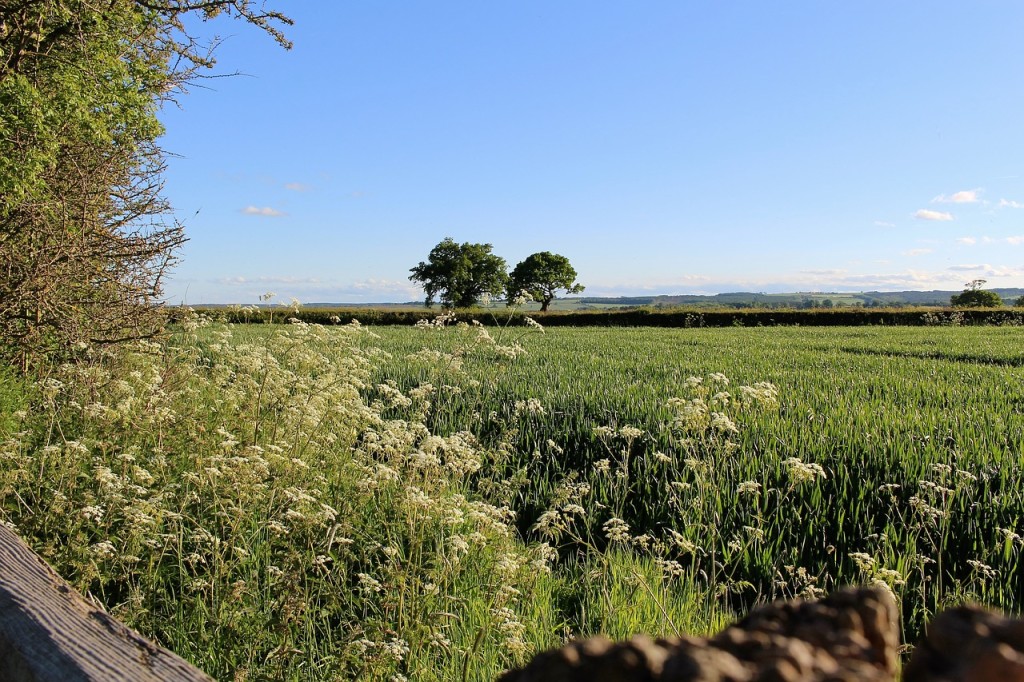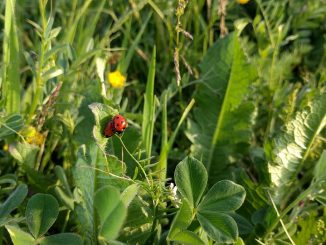Sebastian Lakner finds fault with the recent COPA contribution to our #AfterCAP debate in terms of market policies, red tape and public goods. Instead, he suggests we need to reduce income support (with some exceptions for eastern farmers), redefine sectoral transition aids, rethink controls and administrative burdens and increase agri-environmental programs to provide more targeted results for European citizens.

In the following text, I respond to the COPA-text in this #AfterCAP debate on CAP post 2020. The text of COPA might be a realistic description of market-developments in the agricultural sector, however, it completely lacks a rational concept for a reformed Common Agricultural Policy (CAP) after 2021. The description of ‘prospering farms’, jobs for the partners of farmers and the ‘good life in rural areas’ might be nice and fancy, but I don’t see the basis for a rational agricultural policy. The main message of this COPA article is – everything must stay the same, we need just a little less red-tape. This is not good enough from a farmers’ organisation.
Necessary conditions for market intervention are market failure and public goods. Market failure can be observed mainly in the area of the environment – biodiversity, nitrogen-overflow and climate-impacts of agriculture – and of animal welfare. Another rationale for agricultural policy change can be the transformation of the shrinking agricultural sectors. This would lead to the support of primary sectors in their transition to the post-industrialized societies. This second argument hold especially in Eastern Europe. Let’s examine three policy fields and examine whether COPA’s text addresses the correct challenges.
Read: #AfterCAP: Secretary General of Copa Cogena on Future Farming
Market policies
COPA highlights the low prices in 2015/2016, and indeed it is true, the situation was difficult for many farmers. However, low prices are not necessarily a market failure. Price volatility can be seen as a part of normal market dynamics and farmers as entrepreneurs need to take precautions. This is a risk typical of other sectors of the economy.
Specifically, the milk markets went through turbulence in the last two years. The milk-market is distorted not only through reduced export opportunities (as COPA suggests), but also because the EU continues to pay coupled direct payments to milk-farmers, as Alan Matthews pointed out (Milk policy in the EU – a case of policy incoherence). If COPA is asking for market support, they should first of all stop their lobbying for distorting coupled support, which puts milk-farmers in trouble in countries without this coupled support.
Besides this, we might ask, why back in 2014/2015 did so many milk-farmers invest in larger stables while also substantially increasing their production volumes. Farmer associations and extension services did little to warn milk-farmers regarding potential price decreases. In many cases, oversupply stems from risky investment decisions and now, Brussels has to clean up the mess with tax-payers money.
If COPA is concerned about distorted markets, we also need to ask, what is the responsibility of farmers extension services and the scientific community? In my view, COPA is at least partly responsible for some of the described market-distortions.
So I would like to suggest: Dear COPA, let the markets be ‘real markets’ and don’t complain about distorted prices, they partly go back to your lobbying in Brussels.
Red Tape
COPA asks for a reduction of “red tape”. Everyone would agree to a reduction of unnecessary administration and controls, but not all controls are useless. All industries in the EU have to follow certain rules, and most of them even don’t get paid for it. There is a saying by the Agricultural Economist and former OECD-director Stefan Tangermann, which describes the odd perception of farmers towards administration and controls: No one would ever think of paying all car-driver in a country 2.000 EUR per year, so that they always stop at the red traffic light. And if a car-driver doesn’t stop, the sanction? We cut some of the 2.000 EUR. But in agricultural policy, we still maintain this type of policy. So if we still support farmers with the argument of high administrative burdens, I would suggest to not complain too loud about it.
Commissioner Phil Hogan has announced to “simplify the CAP”, which is actually one of the few visible points in his CAP-agenda. But this objective is dubious, since control and administration is always to some extent necessary. There are good suggestions to reform Greening (Guy Pe’er et al. (2016): adding some green to the greening) and for the rural development programs (EAFRD) (Reorientation of EAFRD funding after 2020 (EAFRD – RESET)). Reforms are necessary, but at some point, we still need administration and controls in the CAP.
Public Goods
So far, the CAP does not deliver enough in the field of public goods. This is especially true for the environment: Biodiversity is declining in all parts of Europe and Nitrogen overflows are still a problem. And in the long run, agriculture will have to address topics related to climate change. Greening has brought a lot of bureaucracy with little effect on biodiversity. The word ‘environment’ appears just once in the COPA-text, animal welfare doesn’t appear at all, so in my view COPA has not realised the challenges ahead. From a citizen and tax-payers view, a Common Agricultural Policy (CAP) should address those expectations and use tax-payers money mainly to address those challenges. We proposed a new CAP-model supported by Birdlife Germany here on Arc2020, which can address the biodiversity challenges with the same amount of money: ‘Fit, Fair & Sustainable: A new agricultural policy model for the CAP 2021’.
Conclusion
The future CAP will need a substantial reform with a clear idea: We need to increase the support of farmers in providing public goods, but the times for lump-sum income support based on price decreases of 1992 are over. Even if we still maintain the income support of Eastern European farmers (which I assume to be necessary for the next 10-20 years), we need to be more clear and define policy targets in this field: Which farmers still need this support and what is the medium term perspective for income support?
We need to focus scarce tax-payers money to pay for real public goods, like environment, animal welfare and for a lively rural area. Rural area policies are to some extent difficult to roll out, since the real impacts are hard to measure. I admit, it will be more difficult to construct efficient policies in this area, however, I still see the necessity to support rural areas.
So in a nutshell: Reduce income support, redefine sectoral transition aids, rethink controls and administrative burdens, increase agri-environmental programs and focus tax-payers money!





